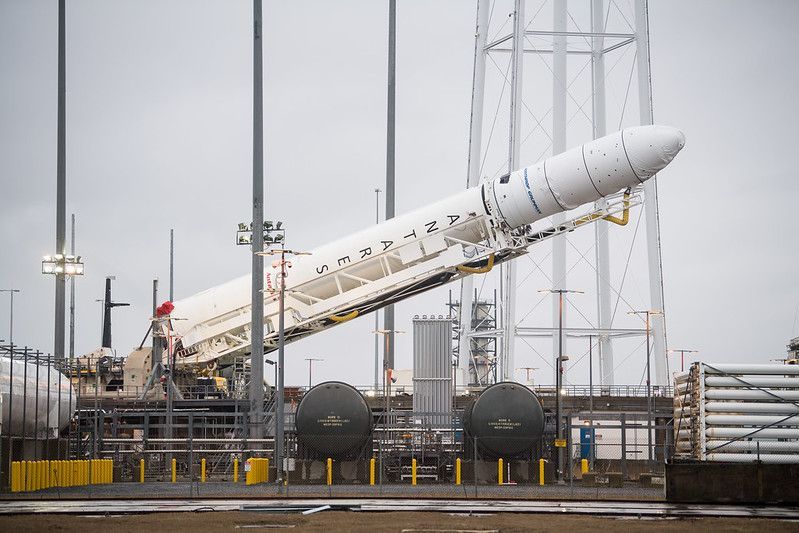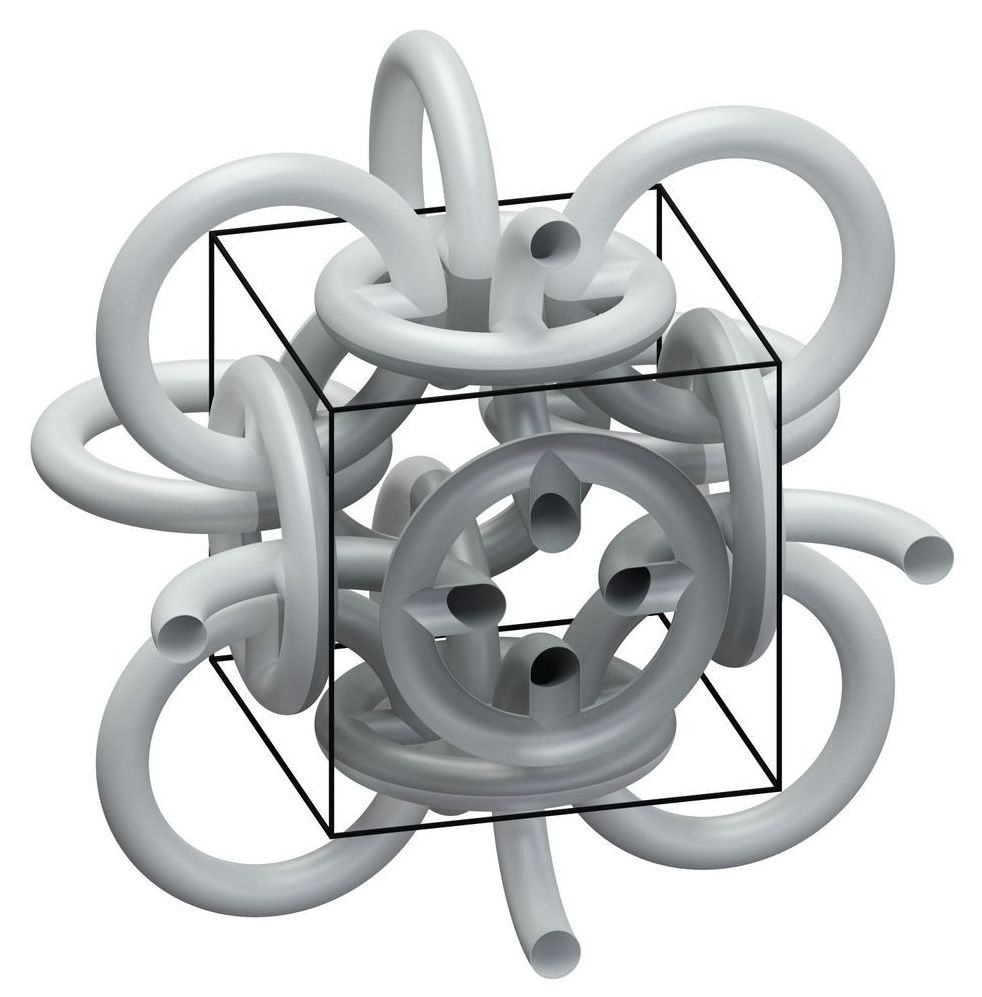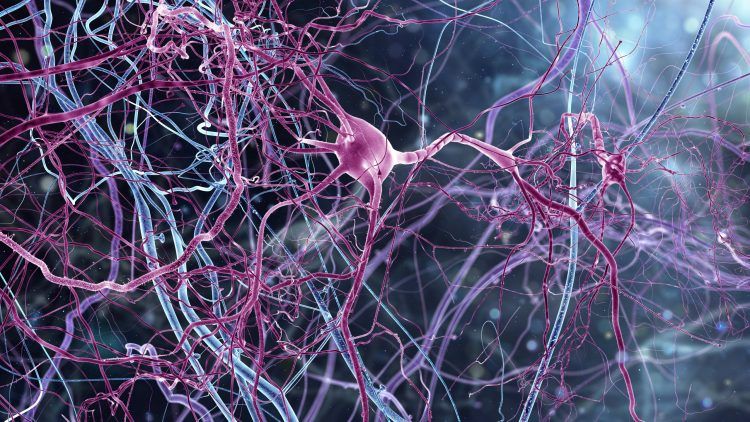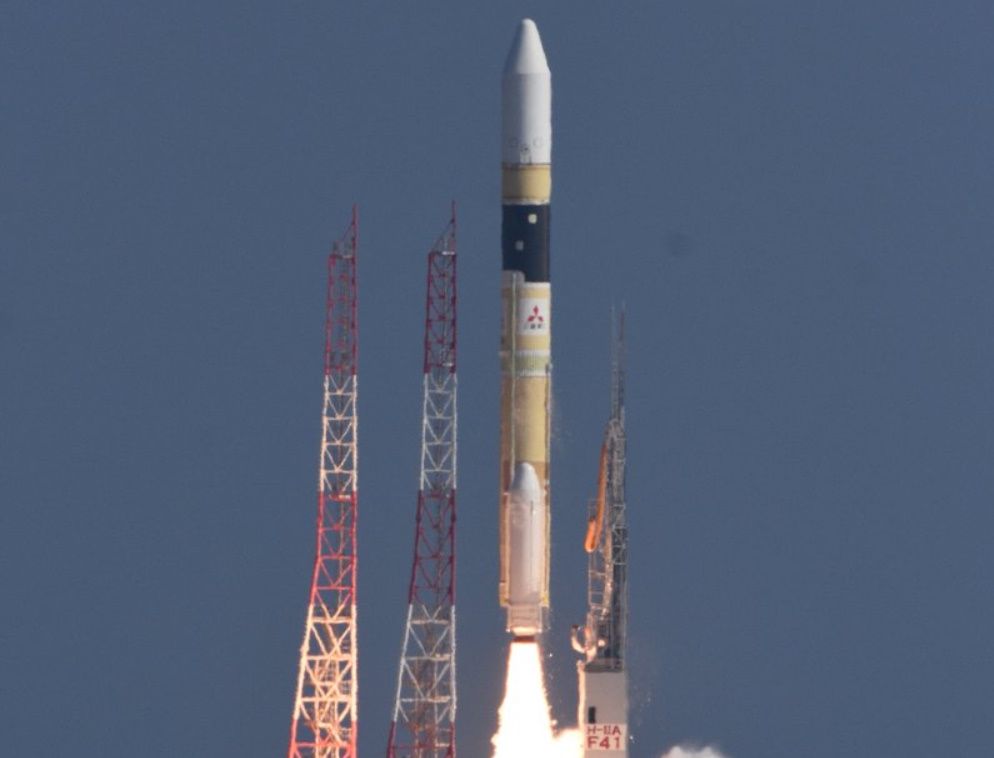There’s a space double feature in store for rocket fans today, with two launches to some very different places off Earth. Here’s how to watch them online.
Small Robot Company aims to take its crop-monitoring robot through to an initial production run, and beyond.
Circa 2017
The Middle Ages certainly were far from being science-friendly: Whoever looked for new findings off the beaten track faced the threat of being burned at the stake. Hence, the contribution of this era to technical progress is deemed to be rather small. Scientists of Karlsruhe Institute of Technology (KIT), however, were inspired by medieval mail armor when producing a new metamaterial with novel properties. They succeeded in reversing the Hall coefficient of a material.
The Hall effect is the occurrence of a transverse electric voltage across an electric conductor passed by current flow, if this conductor is located in a magnetic field. This effect is a basic phenomenon of physics and allows to measure the strength of magnetic fields. It is the basis of magnetic speed sensors in cars or compasses in smartphones. Apart from measuring magnetic fields, the Hall effect can also be used to characterize metals and semiconductors and in particular to determine charge carrier density of the material. The sign of the measured Hall voltage allows conclusions to be drawn as to whether charge carriers in the semiconductor element carry positive or negative charge.
Mathematicians already predicted theoretically that it is possible to reverse the Hall coefficient of a material (such as gold or silicon), i.e. to reverse its sign. This was expected to be achieved by a three-dimensional ring structure resembling medieval mail armor. How-ever, this was considered difficult, as the ring mesh of millionths of a meter in size would have to be composed of three different components.
A research team has shown that a key difference between neurogenic and non-neurogenic tissues is cross-linking proteins causing stiffness, a discovery that could be used to create new brain injury therapies.
Researchers compared the proteomes of regions in the brain that are neurogenic (neural stem cell niches) and those that are not (cerebral cortex). The scientists hope that by establishing how these tissues are different, future therapies for brain injury may be able to activate tissues to produce new neurons to repair the brain.
Bill Gates has commissioned the construction of the Aqua superyacht, designed by Dutch studio Sinot. At 370ft long and 50ft wide, it is powered by two tanks of liquid hydrogen.
Antidepressant-soil.
Soil microbes have been found to have similar effects on the brain as prozac, without the negative side effects and potential for chemical dependency and withdrawal.
It turns out getting in the garden and getting dirty is a natural antidepressant due to unique microbes in healthy organic soil. Working and playing in soil can actually make you happier and healthier.
What gardeners and farmers have talked about for millennia is now verifiable by science. Feeling like your garden or farm is your happy place is no coincidence!
False memories implanted in the brains of songbirds could explain how the birds learn to sing — and how people learn to talk.
Making its first flight in over a year, Mitsubishi Heavy Industries’ H-IIA rocket lifted off from the Tanegashima Space Centre on Sunday with a reconnaissance satellite for the Japanese government. Liftoff occurred at10:34 local time 01:34 UTC, during a five-minute launch window.
Sunday’s launch deployed the IGS Optical 7 satellite for the Cabinet Satellite Intelligence Centre, an agency of the Japanese government responsible for space-based surveillance. IGS Optical 7 is part of the Information Gathering Satellite (IGS) or Joho Shushu Eisei (JSE) system, consisting of spacecraft collecting optical and radar images of the Earth.
Japan began development of IGS in the late 1990s, following North Korea’s attempted satellite launch in 1998. Although the North Korean launch failed to reach orbit, the rocket carrying it crossed Japan during its ascent, sparking fears that North Korean missiles would be able to target the islands. With IGS, Japan aimed to develop an independent reconnaissance capability to monitor future threats. The constellation can also be used for disaster monitoring and other civilian applications by the Japanese government.
New research suggests that the surface of Venus is busy, but it may take new missions to our “sibling” planet to confirm this.









